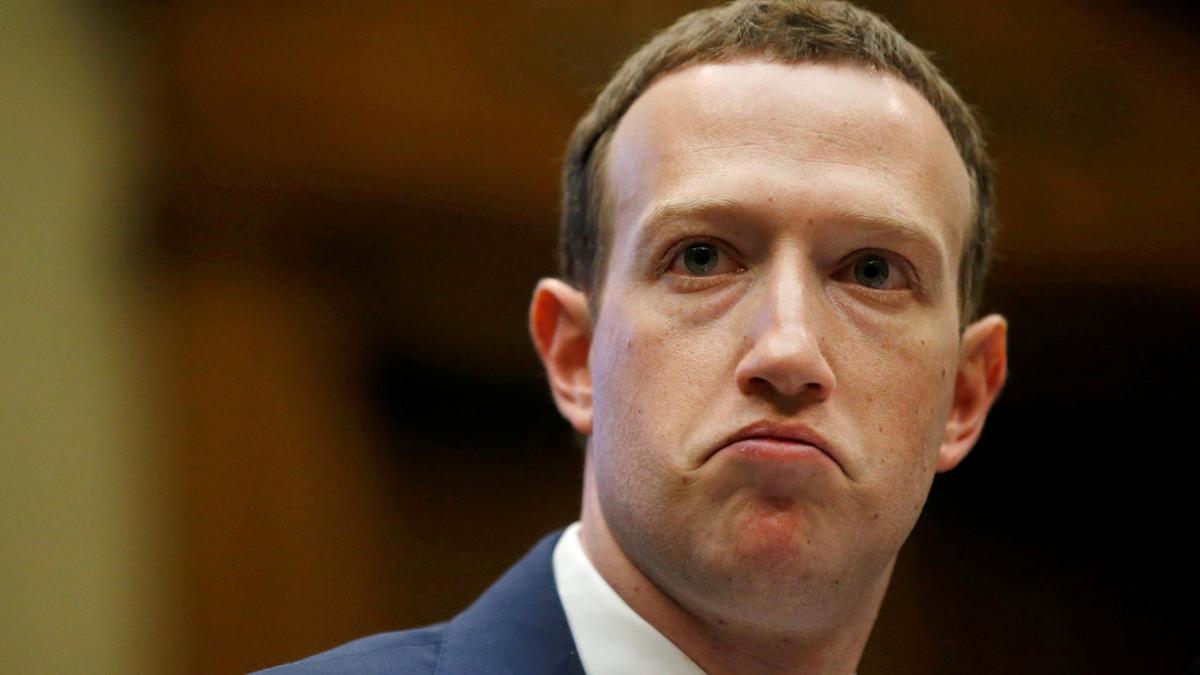In the bustling world of commerce, the term "retail price" is a staple. But what does retail price mean exactly? This price is not just a simple figure; it reflects a complex mix of factors, including cost of goods, market demand, competition, and pricing strategies. Understanding how retailers arrive at this price can provide valuable insights into the shopping experience.
What Does Retail Price Mean?
Retail price is the amount consumers pay for goods or services in a store, online, or through any other retail channel. Retail pricing is not a one-size-fits-all strategy. It's an art combining consumer psychology, market research, and economic principles. Retailers use various methods to set prices that appeal to consumers while ensuring profitability.
These methods can include cost-plus pricing, value-based pricing, and competitive pricing. Each approach has unique considerations and applications, depending on the product and market conditions.

ANI | MSN | Retail price is the amount consumers pay for goods or services in a store, online, or through any other retail channel.
Psychological Pricing Strategies
Understanding consumer psychology is at the heart of many retail pricing decisions. Prices are more than just numbers; they convey messages of value, quality, and desirability. One common tactic is charm pricing, where prices end in an odd number, like $9.99, instead of rounding up to $10. This technique creates the illusion of a bargain, making consumers perceive the price as significantly lower.
Research supports the effectiveness of such strategies. A notable study by Anderson and Simester, titled "Effects of $9 Price Endings on Retail Sales: Evidence from Field Experiments," found that items priced with a 9-ending significantly outsold those with a 0-ending, even when the latter was cheaper. This finding highlights how subtle nuances in pricing can sway consumer behavior and boost sales.
The Role of Market Research
Beyond psychological tactics, successful retail pricing relies heavily on thorough market research. Retailers need to understand their competition, consumer preferences, and price sensitivities. This involves analyzing historical sales data, conducting surveys, and using predictive analytics to forecast the impact of price changes.
Market research enables retailers to segment their customer base and tailor pricing strategies accordingly. For instance, premium pricing might suit a luxury segment that associates higher prices with superior quality. In contrast, competitive pricing could attract price-sensitive shoppers looking for the best deal.
Data-Driven Pricing Models
In the digital age, data analytics has revolutionized retail pricing. Retailers now have access to vast amounts of data on sales, inventory levels, and customer behavior. By leveraging this data, they can implement dynamic pricing models that adjust prices in real-time based on demand, competition, and market conditions.
Predictive analytics plays a crucial role in this process. By analyzing patterns in historical sales data and consumer behavior, retailers can forecast future demand and optimize their pricing strategies. This approach helps maximize both sales volume and profit margins.
The Decoy Effect
Another interesting pricing strategy is the decoy effect. This occurs when consumers are presented with three options, where one is clearly less attractive. The presence of the decoy makes one of the other two options appear more valuable, influencing consumer choice.
A study by Ariely and Wallsten explored this effect, demonstrating how the strategic placement of a decoy option can significantly impact consumer preferences. For example, when given a choice between a small, medium, and large product, where the medium is only slightly cheaper than the large, consumers are more likely to choose the large option. The medium serves as the decoy, making the large product seem like a better deal.
The Importance of Competitive Analysis
While cost-plus pricing ensures profitability, it’s essential to consider market demand and competitor pricing. Retailers must balance covering costs and setting prices that attract consumers. A product priced too high might deter potential buyers, while a low price could erode profit margins.







